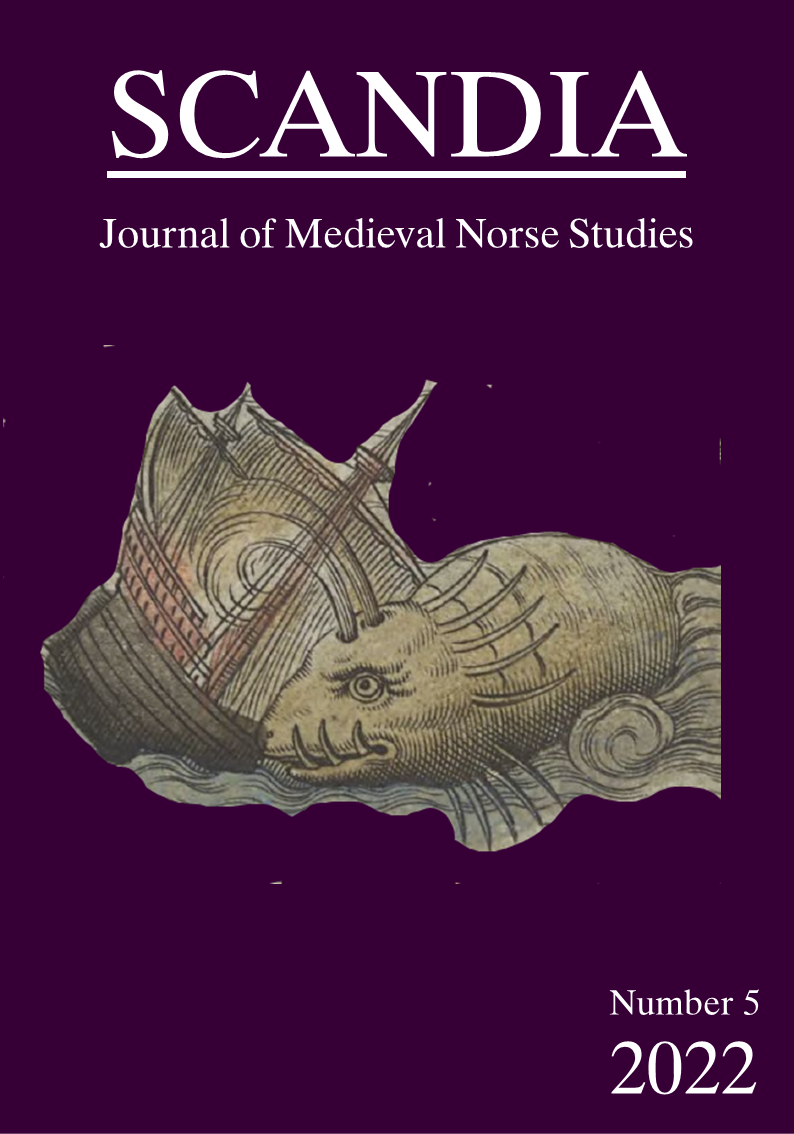EASTERN EUROPEAN ELEMENTS OF EGILS SAGA EINHENDA OK ÁSMUNDAR BERSERKJABANA THROUGH THE PRISM OF GRECO-ROMAN, AND GERMANIC MYTHS
Abstract
Fornaldarsagas are an important source for studying the historical memory of the Scandinavians. These works absorbed cultural elements of different eras and inherited their own literary canon. The perception of Rus' and Eastern Europe is a kind of litmus test of such a canon. Information about these lands came to the north after centuries of intercultural communication between the Normans and the people of Eastern Europe. Moreover, the historical memory of the Scandinavians preserves the stories of the era of the Great Migration. These plots were directly related to this place, which gave it the characteristics of exceptional space. The involvement of the Scandinavian kingdoms in the European scientific tradition gave a new impetus to interest in these territories. In the 12th century, European stories about Trojans, Scythians, Amazons, and other folks, penetrated Iceland. These stories have found fertile ground in the local tradition. That is how the myth of Eastern Europe was formed, which combined European and Germanic elements of cultural memory. Egils saga einhenda ok Ásmundar berserkjabana is an eloquent example of its genre. This work became the quintessence of these elements. The author of this work skillfully combined the classic plots of legendary sagas and created his own image of the East. The study of this image became the purpose of our article.
Downloads
##submission.downloads##
Pubblicato
Fascicolo
Sezione
Licenza
The author (s) of the original submitted undertake to comply with the following:
- All authors are publicly responsible for it.
- The authors claim that this original is their own and that they assume full responsibility to third parties, whether moral or patrimonial, by reason of its content, stating that the work does not infringe any intellectual property rights of third parties.
- The author (s) agree to the copyrights of the original to Scandia Journal, to which they grant permission for its reproduction, editing and online publication.
- The author (s) grant their copyright of their original to the Scandia Journal, licensed under the Creative Commons Attribution License, which allows the sharing of this work with the acknowledgment of their authorship.
- The author (s) have permission and are encouraged to cite and distribute their original.


